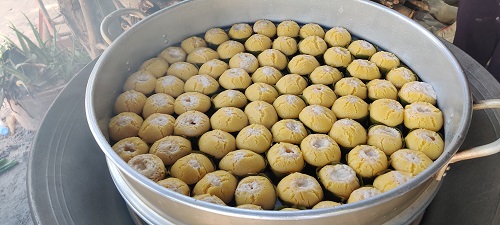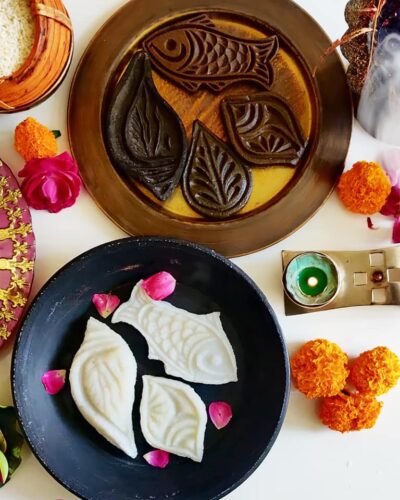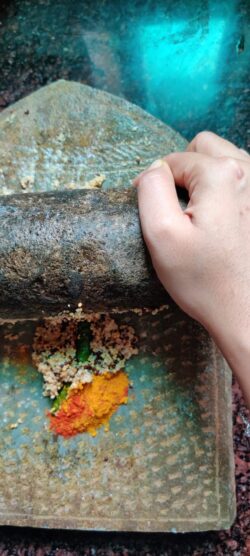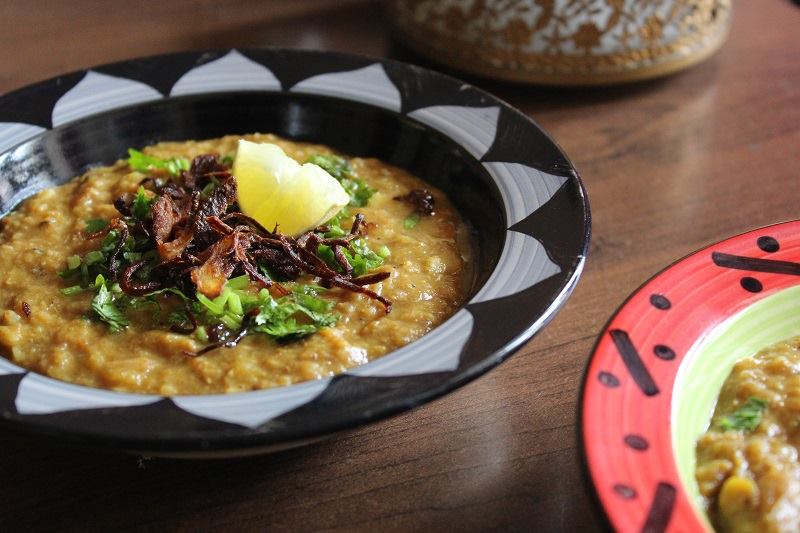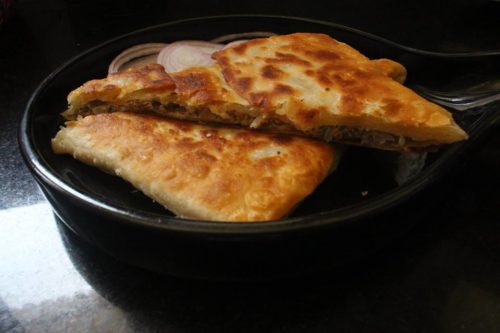
…or as minions say, “Mughlai Parantha”, to which my response is that there is no such thing! There only exists The Moglai Porota. The tongue twisting finesse of ‘Mughlai’ has long been subsumed by the rounded sweetness of the Bengalified ‘Moglai’!
Do not undermine its pedigree. It was born in the royal kitchen of Emperor Jehangir; in the hands of Adil Hafiz Usman, the royal cook in the Mughal Kitchen. Legend says that Jehangir got bored of the regular paranthas that the kitchen churned out and gave Usman 10 days to come up with something new. On the other side of those ten days Zabir-fala was born (Zabir = egg and Fala = bread in Pahlavi language). So delighted was Jehangir that he gave Usman 1001 gold coins. Usman, who was from Burdwan kept the recipe within the family and his son Farogh further refined it and passed it on to his seven sons. In mid 17th century, when Burdwan became the cheif revenue collection of Bengal, Mughlai cuisine, including the Mughlai Parantha began to be served in eateries in the province.
The recipe, however, never reached the Avadh, Dilli, Daccan or any other Mughal kitchen. Usman, who was once insulted by a cook from Lucknow, forbade his son from working in any other kitchen. In 19th century, as the family members from Usman family started working in Kolkata, the Moglai Porota became Kolkata’s own under patronage of the British and brown sahibs.
Would Usman or Farogh would approve of the greasy concotion that every true blue Bengali has downed at least during one Durga Puja in her/his lifetime; and topped it with a botol of Gelusil? Who knows and who cares. Their Zabir Fala moth has long since motemorphosed into a butterfly called Moglai Porota.
Moglai Porota
(serves two)
For the dough:
Refined white flour: 1 1/2 cup, Cold Ghee: 4 tbsp (or use 2 tbsp ghee and 2 tbsp refined vegetable oil), Salt: 1/4 tsp, Powdered sugar: 1/2 tsp, Cold water: as required
For the filling:
Eggs: 2, Mutton mince: 150 gms (washed and drained), Onion: 2 medium (chopped finely), Ginger paste: 1/2 tsp, Garlic paste: 1/2 tsp, Finely chopped green chilli: 1/2 tsp, Coriander powder: 1/2 tsp, Turmeric powder: 1/4 Garam Masala powder: 1/4 tsp, Refined vegetable oil: 1 tbsp, Salt to taste
To fry:
Refined Vegetable oil: 1/2 cup, Ghee: 2 tbsp
To make the dough:
1. Mix the salt and sugar into the refined white flour. Rub the ghee in lightly till the mixture resembles breadcrumbs.
2. Knead into a smooth and elastic dough, not wet, using cold water. Cover and let the dough rest for 30 minutes.
To make the mutton mince filling:
1. Heat oil in a pressure pan and add half the chopped onion. Fry till translucent and add the ginger and garlic pastes. Fry till it is no longer raw and add the minced meat. Saute quickly and add all the spices.
2. Add a little water and close the lid of the pressure pan. Cook till one whistle over low heat and wait for the steam to release. Open and dry and liquid left in the pan. Cool completely
To make the porota:
1. In a bowl, beat the eggs, the cooked mince and the rest of the chopped onions.
2. Rub oil on the kitchen slab or on a large rolling surface. Divide the dough into two equal portions. Roll into a thin (1/2 cm) round disc of about 10″ diameter.
3. Put half the egg-mince mixture in the middle of the rolled out dough and spread into a rectangle of about 3″x4″.
4. Fold over the two longer sides of the rectangle, so that edges overlap each other. Lightly pinch in to secure gaps.
5. Brush the two edges and fold in the other two sides. Pinch lightly to seal in.
6. Repeat with the second ball of dough
To fry:
1. Heat the refined vegetable oil and ghee in a large flat pan till just hot; lift the porota carefully and gently slide into the pan.
2. Fry over very low flame till golden brown and carefully flip over to fry the other side.
3. Remove and drain over a kitchen towel.
4. Serve hot with salad. kosh mangsho or potato curry.
P. S. The history of the Moglai Porota has been taken from Barbara Mansfield’s History of Mughal India and its Cuisine



